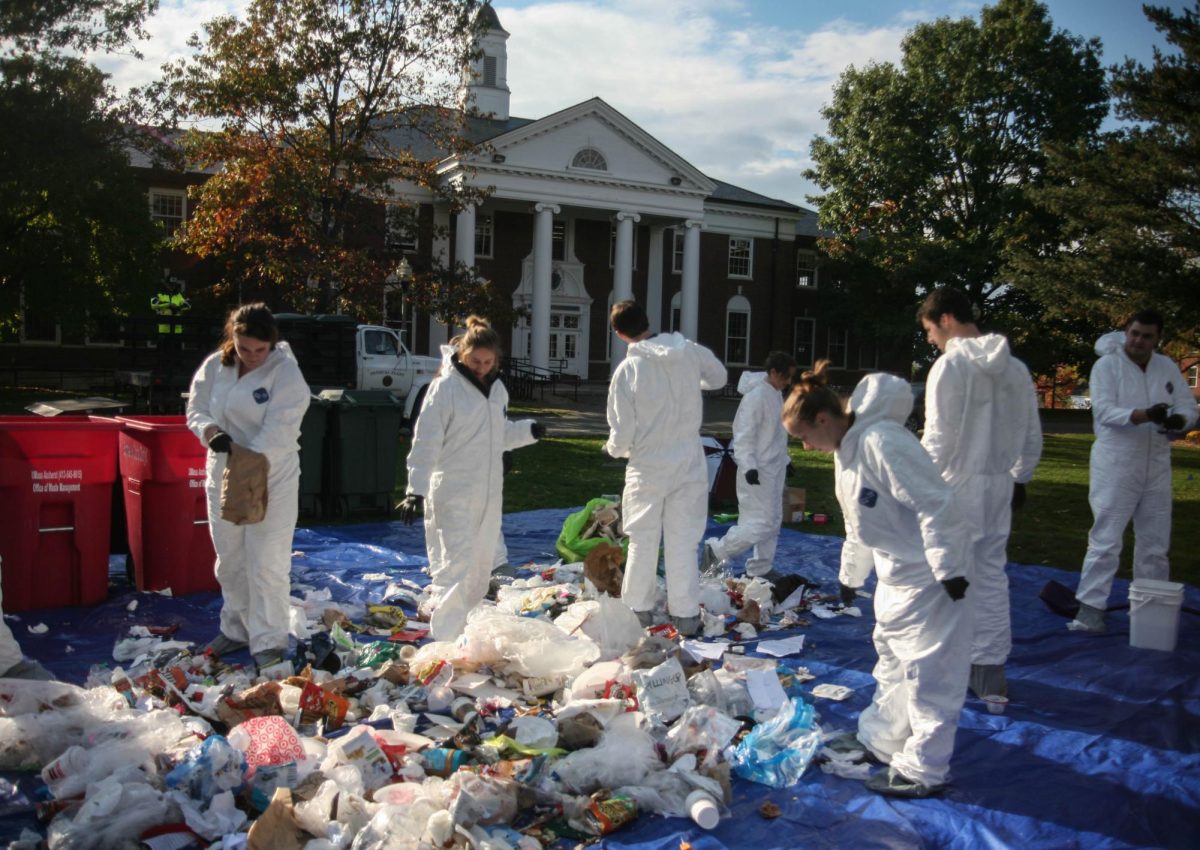To the Editor:
Asbestos is a known carcinogen that is still legal in the United States and can be found in homes, schools and public buildings across the country. This toxin is the only known cause of mesothelioma cancer and there is no safe level of exposure. When inhaled or ingested, the mineral embeds in the lining of internal organs and the cancer may develop from irritation of the sensitive tissue. No one is completely safe from asbestos exposure and the resulting mesothelioma cancer, but those in the low-income community are especially at risk.
Being from a lower tax bracket comes with a slew of hardships. Ensuring that you have adequate food to eat, can pay bills each month and keep a roof over your head are constant thoughts for those who may be struggling financially. Assistance is needed for many across the country but sometimes even the meager help offered to those facing financial difficulties is a double-edged sword.
Low-income housing options tend to be older buildings, which pose the greatest risk of holding asbestos-containing materials (ACMs). Use of asbestos peaked in the United States between 1930 and 1980. During those years asbestos was used in numerous building materials because of its relatively low cost and ability to protect against fire and chemical reactions. Asbestos use was extremely prevalent among low-income housing communities because of the National Housing Act of 1934. The act was a result of the New Deal after the Great Depression and aimed at creating more affordable housing and mortgage options. Asbestos was used and can still be found in roofing, flooring, ceiling tiles, insulation and wallpaper, among other uses.
According to the Environmental Protection Agency, over 700,000 homes still contain ACMs. Once the asbestos is damaged due to the aging process, weathering or reconstruction, the microscopic particles become airborne and can cause harm.
The only way to fully mitigate risks of damaged asbestos is by hiring abatement professionals, which carries a hefty price tag. The high cost of abatement is prohibitive and the grant options provided by the federal government for asbestos testing and abatement do not apply to private homeowners.
Asbestos is a danger invisible to the naked eye, abatement is not supported through federal funding, and the general population is under-informed about the risks associated with exposure. Furthermore, federal law does not dictate that property owners need to divulge if a home contains asbestos in every circumstance, so those who are educated about the risks associated with asbestos may not know they’ve been exposed.
Mesothelioma can take 20 to 50 years to develop, so those living among ACMs today are in danger for decades to come even if they are able to move away from the harmful materials. Removing residents from homes with ACMs is necessary but will not resolve all risk; proper medical care which leads to an accurate and timely diagnosis is necessary to stand a fighting chance against mesothelioma.
September 26 is Mesothelioma Awareness Day, a day to educate yourself and others about the risks associated with asbestos exposure and advocate for those that are disadvantaged and at higher risk of developing this horrendous disease.
The United States cannot let their lower-income citizens fall prey to a preventable disease–especially at no fault of their own. Asbestos needs to be banned and abatement services need to become more accessible.
Rachel Lynch
Mesothelioma Cancer Alliance




















Ed Cutting • Sep 28, 2018 at 2:04 am
One other thing: You have to post a sign (and put up plastic tarps, etc) if you are removing asbestos (and following the rules). The UMass steam tunnels are full of it (steam pipes are upwards of 600 degrees and they had to insulate them with *something* — and didn’t have the stuff we do now) — and any renovation is going to involve dealing with asbestos.
.
Removing it — hopefully the right way….
.
I’m not a defender of UMass but they aren’t putting it in. Not in 2018….
Ed • Sep 26, 2018 at 6:29 pm
Yes, asbestos is dangerous — and it was widely used in the 1950’s for everything including soles of shoes and (I believe) even toothpaste at one point. Asbestos is only dangerous if airborne as you have to breathe it, and it is possible to detect it — they have a machine that sucks air through a filter, you leave that running for a while and then look at the filter under a microscope.
.
The Student Union Building is full of it — but as long as it is in good repair, it really isn’t a risk.
You don’t want to be paranoid about this — concerned, yes — but not paranoid.
.
Here is a basic HUD flier on it: https://www.hud.gov/sites/documents/IEPWG_ASBESTOS_WORKER.PDF
amy • Sep 26, 2018 at 11:06 am
asbestos is used on campus construction including in apartment renovations; I know; I’ve looked through the construction sites and some of them they used to be signs that said “warning asbestos “. That means almost everyone(as there has been construction virtually everywhere) is being exposed to asbestos .
I contacted the administration and told them about it and they said nope there is no asbestos , we never heard of that and then after that; I saw the asbestos signs disappear from my apartment complex…
I think the Daily Collegian needs to do an investigation on this.